
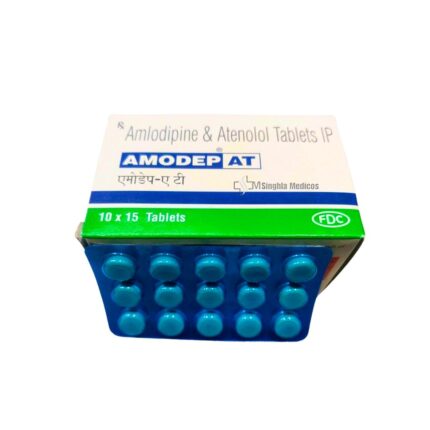
Amodep 5 Tablet
₹19.28 Original price was: ₹19.28.₹17.35Current price is: ₹17.35.
![]() Prescription Required
Prescription Required
Salt : Amlodipine (5mg)
Manufacturer : FDC Ltd
Packing : 15 Tablet in 1 Strip
PRODUCT INTRODUCTION
Amodep 5 Tablet belongs to a class of medicines known as calcium channel blockers. It is used to treat high blood pressure (hypertension) and prevent angina (heart-related chest pain). It lowers blood pressure and reduces the heart’s workload, which helps prevent heart attacks and strokes.
Amodep 5 Tablet may be prescribed alone or along with other medicines. The dose depends on what you are taking it for and the severity of your condition. You can take it at any time of the day, with or without food, but it is best to take it at about the same time each day. You should take this medicine for as long as it is prescribed for you. Even if you feel well, do not stop this medicine on your own because high blood pressure often has no symptoms. If you stop taking it, your condition may get worse. Keeping yourself active with regular exercise, managing your weight, and eating a healthy diet will also help control your blood pressure.
The most common side effects include headache, fatigue, nausea, abdominal pain, and sleepiness. Consult your doctor if any of these side effects bother you or do not go away. They may be able to suggest ways to prevent or reduce the side effects.
Before taking it, let your doctor know if you have any liver, heart, or kidney problems. Pregnant or breastfeeding women should also consult their doctor before taking this medicine. You also need to tell your doctor about all the other medicines you are taking, especially those used to treat high blood pressure or heart conditions. You should have your blood pressure checked regularly to make sure that this medicine is working properly.
BENEFITS OF AMODEP TABLET
In Treatment of Hypertension (high blood pressure)
SIDE EFFECTS OF AMODEP TABLET
Common side effects of Amodep
- Headache
- Fatigue
- Nausea
- Abdominal pain
- Sleepiness
References
-
Michel T, Hoffman BB. Treatment of Myocardial Ischemia and Hypertension. In: Brunton LL, Chabner BA, Knollmann BC, editors. Goodman & Gilman’s: The Pharmacological Basis of Therapeutics. 12th ed. New York, New York: McGraw-Hill Medical; 2011. pp. 758-60.
-
Briggs GG, Freeman RK, editors. A Reference Guide to Fetal and Neonatal Risk: Drugs in Pregnancy and Lactation. 10th ed. Philadelphia, PA: Wolters Kluwer Health; 2015. pp. 60-61.
-
Opie LH. Calcium Channel Blockers. In: Opie LH, Gersh BJ, editors. Drugs for the Heart. 8th ed. Philadelphia, Pennsylvania: Elsevier Saunders; 2013. pp. 86-88.
Disclaimer
Singhla Medicos primary intention is to ensure that its consumers get information that is reviewed by experts, accurate and trustworthy. The information and contents of this website are for informational purposes only. They are not intended to be a substitute for professional medical advice, diagnosis, or treatment. Please seek the advice of your doctor and discuss all your queries related to any disease or medicine. Do not disregard professional medical advice or delay in seeking it because of something you have read on Singhla Medicos. Our mission is to support, not replace, the doctor-patient relationship.
Shipping Policy
We ship across India. Note – this is subject to change as per Company Wishes. Packages will be shipped in 24 working hours. we are closed on Sundays and will reach you in the next 2-4 days post shipping. We give the estimated time of delivery on the shipping page. However, these are indicative and depend on our shipping partner.
Delivery
The delivery times are subject to location, distance, and our logistics partners. We are not liable for any delays in delivery by the courier company/postal authorities but will help you track down a package through our partner courier services.
Your purchases may reach you from various locations in more than one package. But rest assured, you will be charged one delivery fee for the entire order. As soon as your package ships, we will email you your package tracking information.
We are bound in coverage by their reach even though we use some of India’s largest logistics companies for shipping. In case your address is in a location not served by them we would contact you to find an alternative solution to make your products reach you.


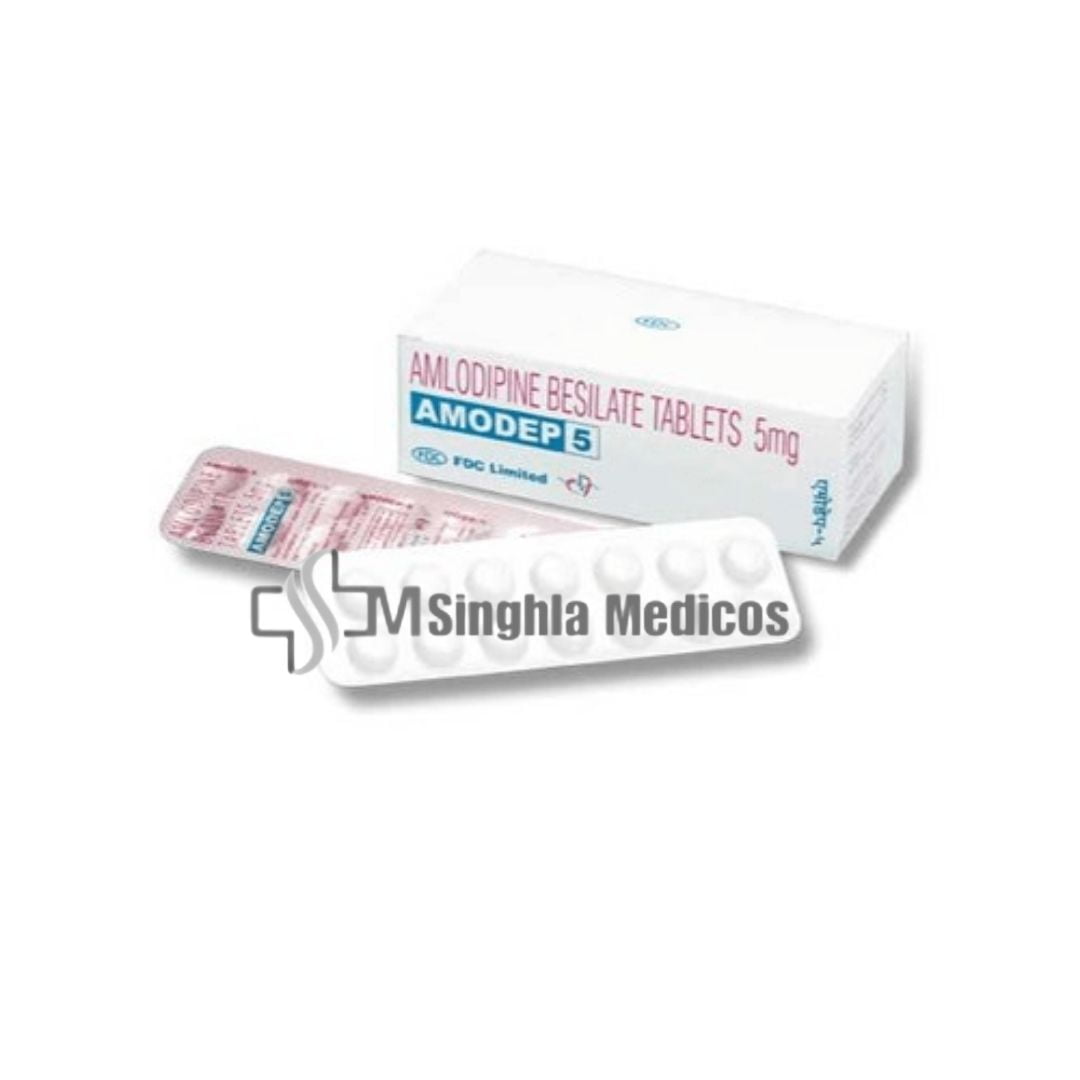



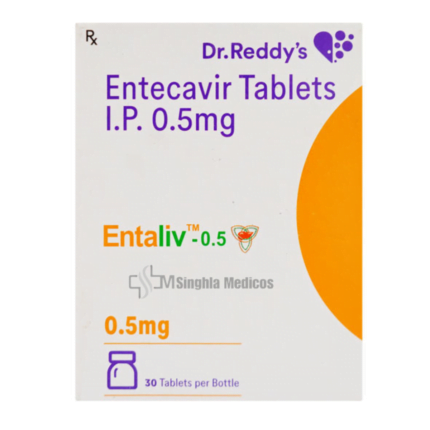
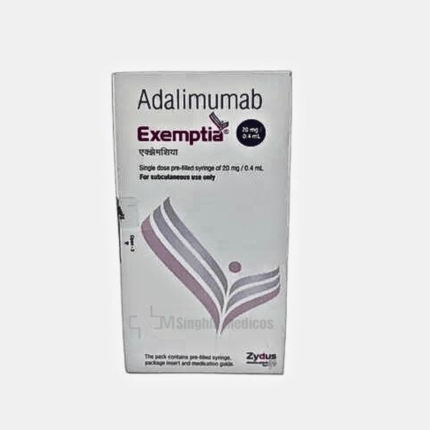
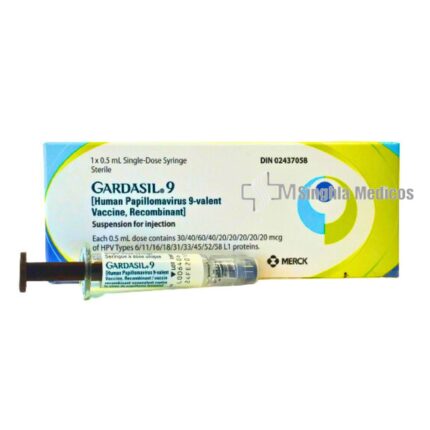



Reviews
There are no reviews yet.